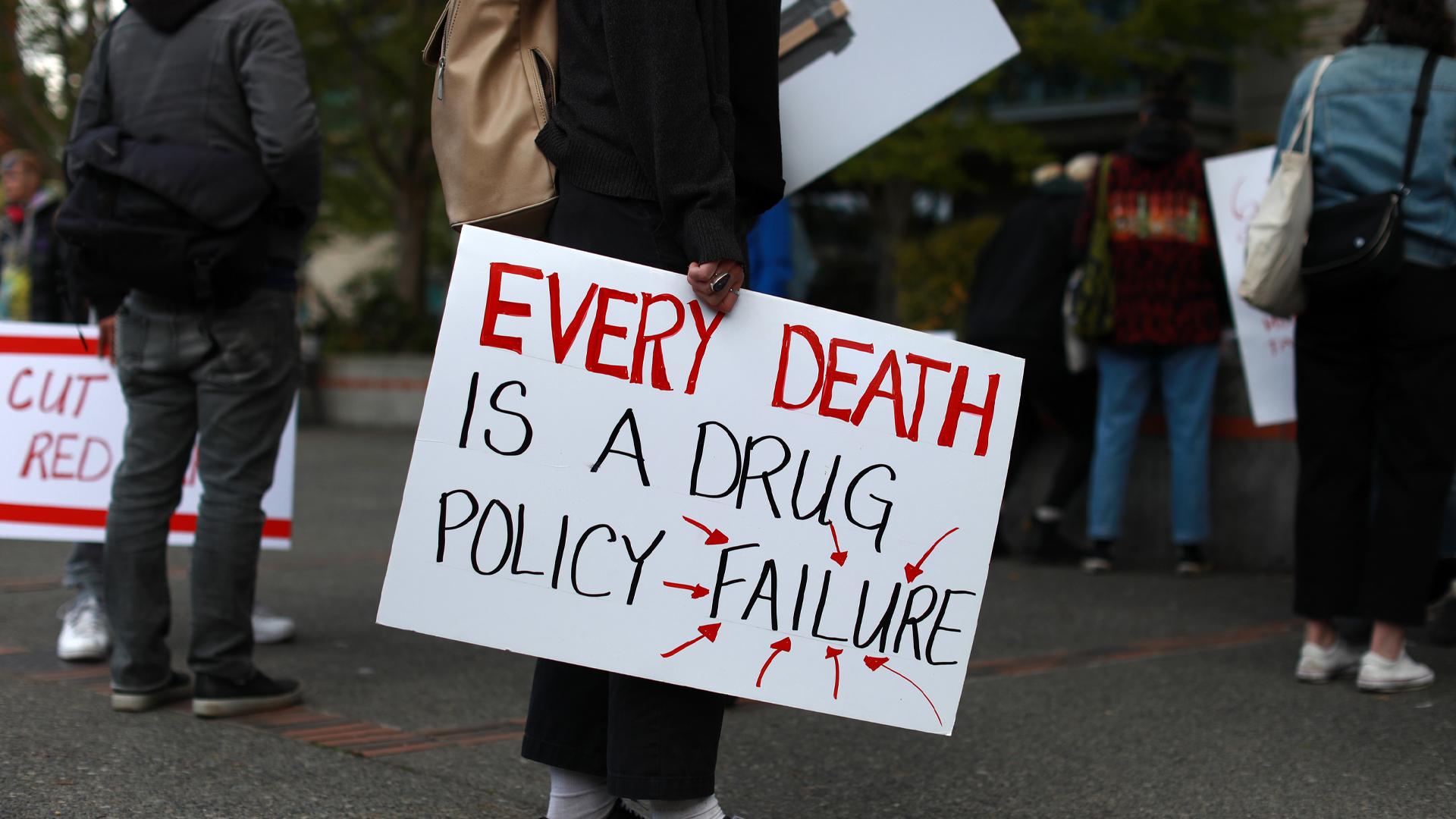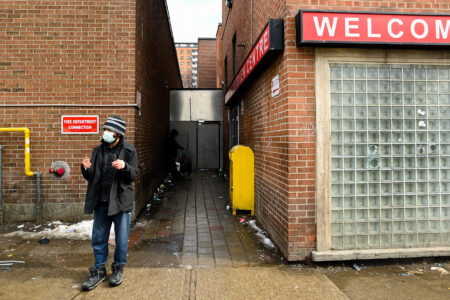
Every day, people in Canada die of an opioid overdose. The numbers have been on the rise since the start of COVID-19 and reached a peak of 21 deaths daily in early 2022 due to a variety of factors. A problem that was once seen as plaguing only the streets of Downtown Eastside Vancouver has now spread across the country.
Turning the tide requires bold action from all levels of government – action that seems slow in coming. It is clear that this epidemic is Canada-wide and requires a response from all levels of government. The federal government is responsible for decriminalization and other supports; provincial governments for health care and treatment beds; and municipal governments for seeing what their communities need each day. Collaboration and understanding are urgently needed.
Starting in 1971 in the United States, the war on drugs has seen very little progress because it fails to address the health and human aspects at play. Prisons are overpopulated, people are falling deeper into addiction and the homelessness crisis continues to grow.
In 2001, Vancouver’s “four-pillar” drug strategy was approved and included many of the ideas still being debated today. The policy was once seen as one of the boldest in North America, but after federal involvement under former prime minister Stephen Harper came to a stop, so did much of the work.
Hope for assistance and progress at the federal level sparked again in 2021 when Prime Minister Justin Trudeau named a minister of mental health and addictions. However, Carolyn Bennett’s mandate letter focused heavily on mental health.
The letter dove into detail around various measures to secure and support mental health treatments across the country but included only two vague references to addressing “substance use” in Canada with no mention of the growing opioid crisis. This left advocates who once had hope for the new ministerial position feeling the issue is being ignored.
Further loosen restrictions around the splitting and sharing of drugs
Expertise of people who use drugs must be central to design of safe supply
Politically, it can be a hard sell to provide funding for harm-reduction and treatment. Conservative Leader Pierre Poilievre released a video on social media condemning safe consumption sites and the safe supply of drugs. He claimed tax dollars are being used to fund “dangerous drugs.” However, he immediately met with resistance from all sides of the political spectrum. One of former prime minister Stephen Harper’s advisers rejected Poilievre’s claims and called the video a five-minute diatribe.
Not only does safe consumption and supply save lives, but research shows that not focusing on harm-reduction and treatment is actually costing billions. In 2017, opioid use cost the Canadian economy $6 billion in terms of lost productivity, health care and criminal justice. An international study highlights that in the long run, investing in harm-reduction methods saves money in health care costs.
Responsibility for innovation and support does not fall solely on the federal government, and approaches differ.
New Brunswick Premier Blaine Higgs has taken a tough-on-crime approach since being re-elected in 2020 with an initiative that has now seen two different public safety ministers, a focus on “drug-driven crime” and plans to build a new jail in Fredericton.
Similar regard for public safety can be seen elsewhere in the province with Moncton introducing a public and downtown security action plan with 22 recommendations focusing on increased policing budgets and removing homeless people from view. The plan highlights a goal of ensuring tent sites are removed within 72 hours of appearing. Statistics show that crime is on the rise in Moncton, but having such a bold focus on enforcement when people are struggling with addiction is not productive.
While it is true that Moncton and the province of New Brunswick both have other plans focused on addiction and homelessness, crime and police enforcement still are a main focus in both. For example, nine of the action items in Moncton’s Joint Action Report on Homelessness and Downtown Security focused on law enforcement.
Even when progressive policies are introduced, those are often done in consultation with law enforcement. For example, when working on drug decriminalization in British Columbia, Bennett has said the threshold was based on law enforcement recommendations, once again placing a policing lens on the opioid issue.
Beginning in 2023, anyone found carrying 2.5 grams or less of illicit drugs will not be charged or have their drugs seized. However, according to advocates, including the Vancouver Area Network of Drug Users, that small amount is far less than someone deep in addiction would likely carry, so this new policy will only set them up for failure.
Right now, in Ontario, waiting lists for publicly funded treatment centres vary in length. On average, there’s a 50-day wait and, as a result, clients will fall off the list because they’ve been hospitalized, jailed or died. Similar statistics were reported in Manitoba, where in 2018 women were waiting an average of 206 days for residential addiction treatment.
Along with treatment centres, providing a safe supply of drugs, naloxone and injection sites are keys to saving lives and increasing stability and recovery.
The opioid crisis is complex because people are complex. Research shows that people struggling with addiction are three times more likely to have a mental health problem. To solve the opioid crisis, more needs to be done to address the issues underlying addictions including poverty, mental health, homelessness and trauma. We must also remember that when discussing safe communities, the people struggling with these issues are also part of that community.
We cannot wish them away by tearing down tent sites or refocusing on drug busts. As of January 2021, Canada had 37 safe injection sites across the country and progress is being made with the introduction of decriminalization. However, it is not enough. It will not be enough until people are no longer dying, and until drug users feel supported. Now is the time to listen and take the advice of people on the ground. It is time to make more investments in both preventing opioid overdoses and addressing the problems lying beneath the surface, while focusing less on public safety. It is time for bolder action because the status quo is costing lives.










